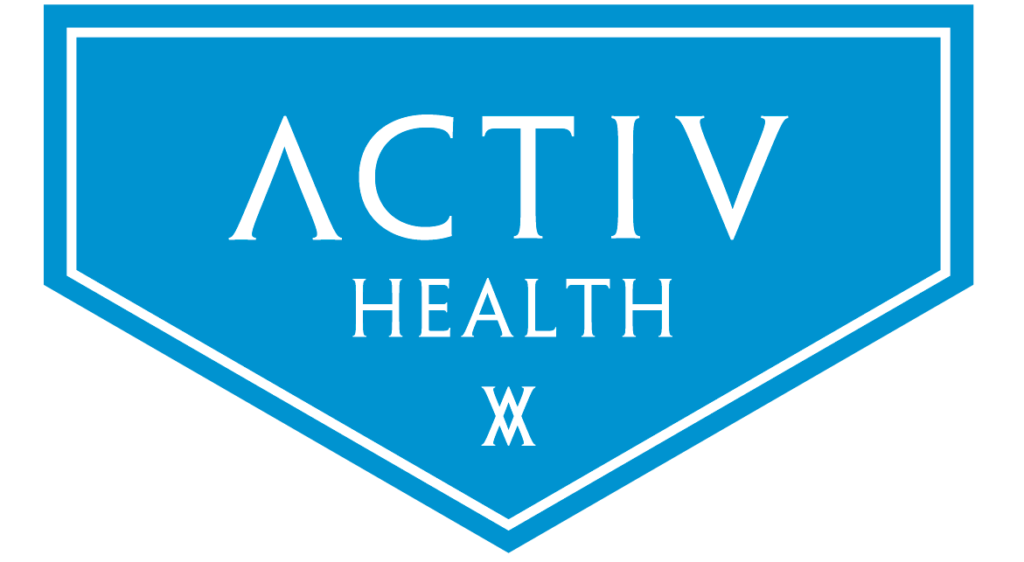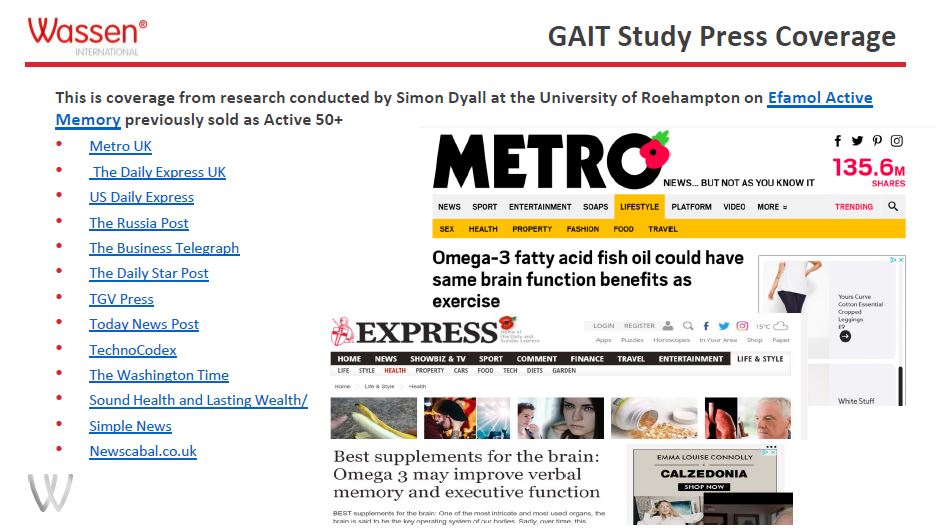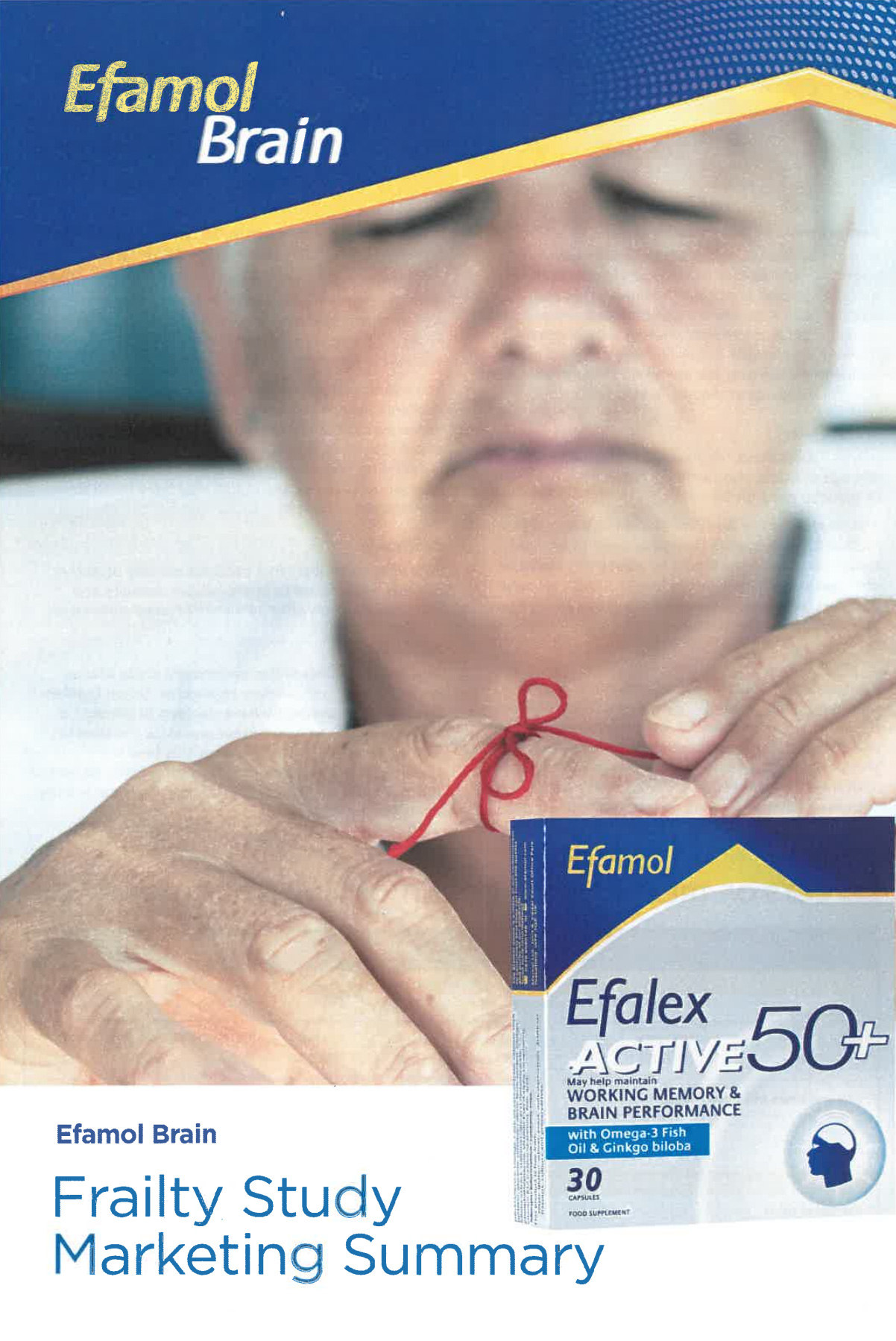[lepopuplocker slug=’Activ-Download-optin’]
Essential Fatty Acids (EFAs) and Learning Disorders
by B. Jacqueline Stordy, BSc Nutrition, PhD
Reproduced from: Holistic Health Journal Autumn 1997 | Vol.4, No.3
There are three major learning disorders which handicap progress through school for many children: dyslexia, attention deficit/hyperactivity disorder (ADHD), and dyspraxia. For most, the conditions continue to affect individuals in their adult lives as well. These conditions are frequently “co-morbid,” meaning that individuals can have more than one condition at the same time. They also run in families, so it’s not at all unusual to find a family that has one child with dyslexia, another with dyspraxia, and the third with ADHD. This suggests that there may be a common biological basis to the three disorders. In 1995, research conducted by myself and others indicated that this common biological basis may be related to fatty acid metabolism and supply.
Defining Essential Fatty Acids (EFAs)
Fat usually is regarded as a nutrient that should be avoided at all costs, but that is not the case. There are two fatty acids that are essential for life: linoleic acid (LA) in the omega-6 family, and alpha-linolenic acid (ALA) in the omega-3 family. Like vitamins, these essential fatty acid cannot be produced by the body, and therefore must be obtained through the diet. LA can be found in certain seed oils, while ALA is in dark green leafy vegetables, flaxseed oil and linseed oil.
In order to be useful to the body, LA and ALA must be converted by a series of steps in the body to longer chain fatty acids: arachidonic acid (AA), gamma linolenic acid (GLA, which the body converts to AA), and docosahexaenoic acid (DHA). These conversions can be slowed down by many lifestyle factors, including typical western diets rich in saturated fats and trans fatty acids; stress; viral infections; too much alcohol or cholesterol; and various illnesses.
Long chain fatty acids have many important functions, and are the building blocks of phospholipid membranes around and within cells. The brain is the most membrane-rich tissue in the body, so it should not surprise us too much that brain function is altered by an inadequate supply of the right fatty acids for nerve cells. The retina of the eye is also a very membrane-rich tissue, and contains particularly large amounts of DRA in the rod cells. Nearly all the AA and DHA in tissues has been made by the body from LA and ALA in the diet. Few foods provide AA and DHA ready-formed meats provide a little AA and fish – particularly oily fish like mackerel, salmon, and tuna – provide both AA and DNA.
In the past few years, several research projects have helped highlight the relationship between essential fatty acids and learning disorders.
EFAs and Dyslexia
I started research in this area because I noticed in my own family, where there are many with dyslexia, those who had been breast fed longest were least affected by their dyslexia (it is important to note, however, that breastfeeding does not protect someone with a family predisposition forever). As young infants have a very limited capacity to convert LA and ALA, they need large amounts of AA and DHA (which breast milk and some infant formulas provide) for the rapid growth and visual development that occurs early in life.
My research on young adults with and without dyslexia showed that dyslexics have poor dark adaptation, which is a function of the DHA-rich rod cells of the retina. However, supplementation with a high-DHA fish oil restored dark adaptation to normal. The rod cells are the photoreceptors for the magnocellular pathway, which has been shown to be defective in dyslexia. While improving the function of the receptor does not necessarily mean central processing deficits will be helped as well, it is likely that this is the case. Synapse membranes – the junctions between nerve cells – contain high concentrations of DNA and AA, and these fatty acids are important for efficient conduction of messages from one nerve cell to another.
EFAs and Attention Deficit Hyperactivity Disorder (ADHD) At Purdue University, Dr. Laura Stevens and her group compared 52 hyperactive boys with 42 who were not hyperactive, and found that many hyperactive children are EFA-defident based on the clinical signs such as thirst, dry skin and hair, more asthma, and infections. They demonstrated that these boys appear to be less able to convert LA and ALA to the long chain derivatives. Even though the boys consumed plenty of LA and ALA in their diet, their red blood cell membranes had lower concentrations of AA and DNA. These findings with ADHD are completely consistent with my own in dyslexia.
EFAs and Dyspraxia
In Bournemouth, UK, fifteen members of the Dyspraxia Foundation support group volunteered to supplement their children’s diets with a patented mixture of omega-3 and omega-6 long chain fatty acids, to examine the effect on motor skills and behavior. The children’s motor skills were tested with the ABC Movement Assessment Battery for Children (Henderson and Sugden 1992), and their behavior with the Connors Parent and Teacher rating scales before and after four months’ supplementation. The results showed statistically significant improvements in the children’s manual dexterity, ball skills, static and dynamic balance and the Connors Parent Rating scales after supplementation.
A Careful Balance
So how do people who lack important fatty acids get the necessary, and accurately proportioned DHA and AA? A dietary supplement based on my research and developed specifically to help maintain eye and brain function, is a careful combination of DHA-rich fish oil and GLA-containing evening primrose oil. People who take this supplement have shown improved reading speed, are calmer and find life altogether easier. And we have discovered that when parents stop giving their children the supplement, after a few weeks their behavior or learning ability drops off again. The supplement is not a cure; it is a natural help for people who are deficient in long chain fatty acids.
Large-scale trials are in progress based at Oxford University in the United Kingdom and Purdue University in the United States to further investigate the relationship between essential fatty acids and learning disorders. The results should be available in late 1997 and early 1998.
There are three major learning disorders which handicap progress through school for many children: dyslexia; attention deficit/hyperactivity disorder (ADHD); and dyspraxia. For most, the conditions continue to affect individuals in their adult lives as well. These conditions are frequently “co-morbid”, meaning that individuals can have more than one condition at the same time.
Learning Disorders Run in Families
They also run in families, so it’s not at all unusual to find a family that has one child with dyslexia, another with dyspraxia and the third with ADHD. This suggests that there may be a common biological basis to the three disorders. In 1995, research conducted by myself and others indicated that this common biological basis may be related to fatty acid metabolism and supply.
Fatty Acids are Essential
Fat is usually regarded as a nutrient that should be avoided at all costs, but that isn’t the case. There are two fatty acids that are essential for life – linoleic acid (LA) in the omega-6 family and alpha-linolenic acid (ALA) in the omega-3 family. Like vitamins, these essential fatty acids can’t be produced by the body and therefore must be obtained through the diet. LA is found in certain seed oils, while ALA is in dark green leafy vegetables, flaxseed oil and linseed oil.
In order to be useful to the body, LA and ALA must be converted by a series of steps in the body to longer chain fatty acids: arachidonic acid (AA); gamma linolenic acid (GLA which the body converts to AA); and docosahexaenoic acid (DHA). These conversions can be slowed down by many lifestyle factors, including a diet rich in saturated fats and trans-fatty acids, stress, viral infections, too much alcohol or cholesterol and various illnesses.
Fatty Acids Affect the Brain
Long chain fatty acids have many important functions and are the building blocks of phospholipid membranes around and within cells. The brain is the most membrane-rich tissue in the body so it should not surprise us too much that brain function is altered by an inadequate supply of the right fatty acids for nerve cells. The retina of the eye is also a very membrane-rich tissue and contains particularly large amounts of DHA in the rod cells. Nearly all the AA and DHA in tissues has been made by the body from LA and ALA in the diet. Few foods provide AA and DHA ready-formed. Meats provide a little AA and fish – particularly oily fish like mackerel, salmon and tuna – provide both AA and DHA.
Link to Learning Disorders
In the past few years, several research projects have helped highlight the relationship between essential fatty acids and learning disorders.
I started research in this area because I noticed in my own family, where there are many with dyslexia, those who had been breast fed longest were least affected by their dyslexia. It is important to note, however, that breastfeeding doesn’t protect someone with a family predisposition forever.
As young infants have a very limited capacity to convert LA and ALA, they need large amounts of AA and DHA (which breast milk and some infant formulas provide) for the rapid growth and visual development that occurs early in life.
Fish Oil Helps
My research on young adults with and without dyslexia showed that dyslexics have poor dark adaptation, which is a function of the DHA-rich rod cells of the retina. However, supplementation with a high-DHA fish oil restored dark adaptation to normal. The rod cells are the photoreceptors for the magnocellular pathway, which has been shown to be defective in dyslexia. While improving the function of the receptor doesn’t necessary mean central processing deficits will be helped as well, it’s likely that this is the case. Synapse membranes – the junction between nerve cells – contain high concentrations of DHA and AA, and these fatty acids are important for efficient conduction of messages from one nerve cell to another.
EFA Deficiency Found
At Purdue University, Dr. Laura Stevens and her group compared 52 hyperactive boys with 42 who weren’t hyperactive and found that many hyperactive children are EFA-deficient based on clinical signs such as thirst, dry skin and hair, more asthma and infections. They demonstrated that these boys appear to be less able to convert LA and ALA to the long chain derivatives. Even though the boys consumed plenty of LA and ALA in their diet, their red blood cell membranes had lower concentrations of AA and DHA. These findings with ADHD are completely consistent with my own in dyslexia.
Supplements Improved Skills
In Bournemouth, UK, 15 members of the Dyspraxia Foundation support group volunteered to supplement their children’s diets with a patented mixture of omega-3 and omega-6 long chain fatty acids to examine the effect on motor skills and behavior. The children’s motor skills were tested with the ABC Movement Assessment Battery for Children (Henderson and Sugden 1992), and their behavior with the Connors Parent and Teacher rating scales before and after four months’ supplementation. The results showed statistically improvements in the children’s manual dexterity, ball skills, static and dynamic balance and the Connors Parent Rating scales after supplementation.
Combination of Oils Recommended
So how do people who lack important fatty acids get the necessary and accurately proportioned DHA and AA? A dietary supplement, based on my research has been developed specifically to help maintain eye and brain function. It is a careful combination of DHA-tich fish oil and GLA-containing evening primrose oil. The supplement isn’t a cure; it’s a natural help for people who are deficient in long chain fatty acids.
Large-scale trials are in progress based at Oxford University, UK and Purdue University, US to further investigate the relationship between essential fatty acids and learning disorders. The results should be available in early 1998.
References
- B. Jacqueline Stordy. Benefit of docosahexaenoic acid supplements to dark adaptation. Lancet, 5th August 1995, 346:8971, p. 385.
- Stevens U., Zentall S.S., Deck J.L., Abate M.L., Watkins B.A., Lipp S.R. and Burgess J.R. Essential fatty acid metabolism in boys. American Journal of Clinical Nutrition 1995:761-8.
- Henderson S.E. and Sugden D.A. Movement assessment battery for children. The Psychological Corporation Ltd., 1992.
[/lepopuplocker]




